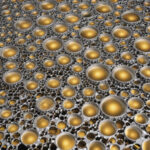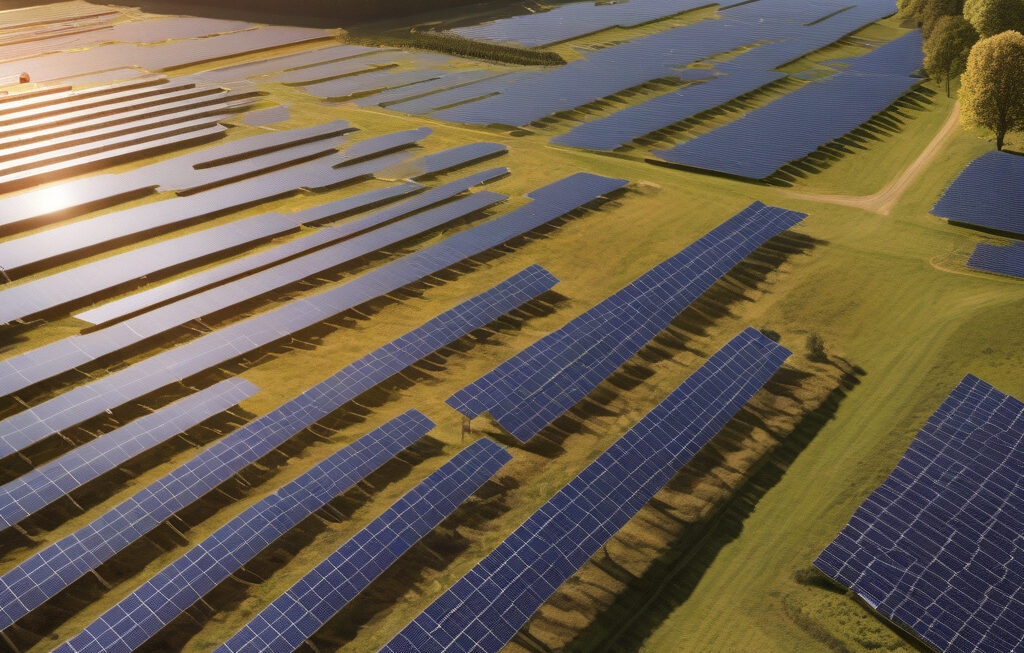Record-shattering Flexible Solar Cell with 26.5% Efficiency Developed in Japan
Researchers at the Tokyo City University have created a highly efficient and bendable tandem solar cell that has shattered previous records. This innovative technology boasts an impressive efficiency rate of 26.5%, marking a significant milestone in the field of renewable energy.
The team of researchers, led by Professor Takashi Kondo, utilized a combination of cutting-edge materials and novel engineering techniques to achieve this groundbreaking feat. By employing a tandem structure that incorporates both crystalline silicon and perovskite solar cells, they were able to enhance light absorption and energy conversion, ultimately leading to a remarkable increase in efficiency.
One of the key advantages of this new flexible solar cell is its ability to maintain high performance even when subjected to bending and stretching. This feature opens up a wide range of possibilities for practical applications, such as integrating the technology into curved surfaces, wearable devices, and even clothing.
In addition to its exceptional flexibility, the tandem solar cell also demonstrates outstanding stability and durability. The materials used in its construction have been carefully selected to withstand various environmental conditions, making it a reliable and long-lasting energy solution.
The implications of this record-shattering achievement are far-reaching. As the demand for renewable energy sources continues to grow, innovative technologies like the flexible solar cell developed by the Tokyo City University researchers will play a crucial role in meeting this demand sustainably.
Furthermore, the successful demonstration of such high efficiency in a bendable solar cell paves the way for advancements in other related fields, such as Internet of Things (IoT) devices, smart clothing, and portable electronics. Imagine a world where everyday objects are not only functional but also capable of generating clean energy – the possibilities are truly endless.
As we look towards a more sustainable future, it is clear that investments in research and development, such as the one undertaken by Professor Takashi Kondo and his team, are essential. By pushing the boundaries of what is possible in renewable energy technology, we move closer to achieving a greener and more environmentally conscious society.
In conclusion, the development of the record-shattering flexible solar cell with 26.5% efficiency in Japan represents a significant leap forward in the field of renewable energy. This remarkable achievement not only showcases the ingenuity and dedication of the researchers involved but also highlights the immense potential of innovative technologies to shape a more sustainable world for future generations.
solar, cell, efficiency, Japan, innovation












